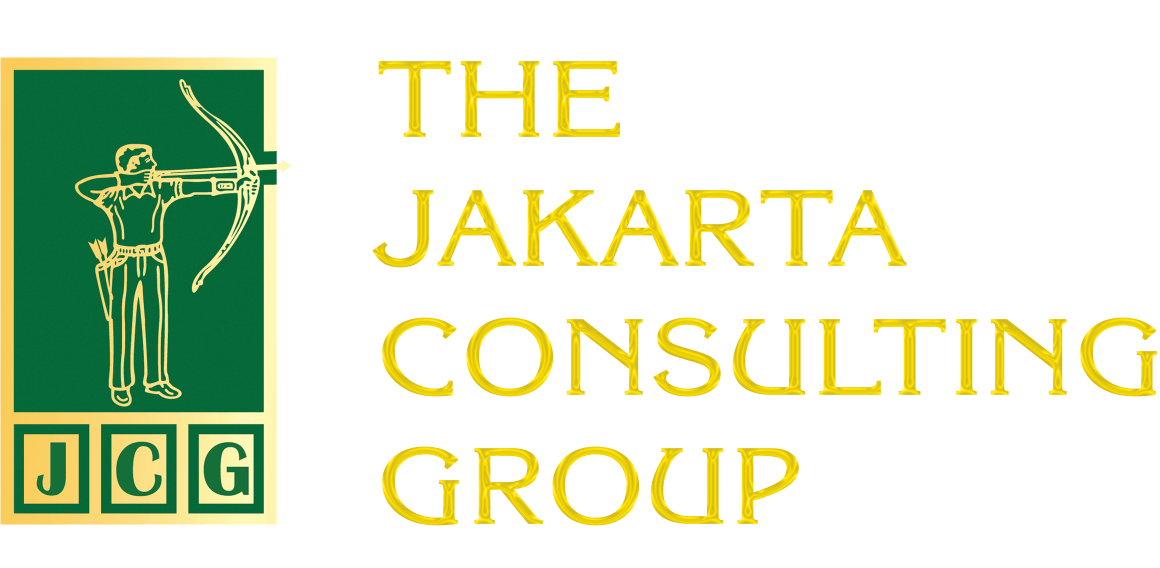The aspiration to realize an innovative company must start from the growth of a culture of innovation. To build a culture of innovation, we must start by building the company’s human resources. Inevitably, HR is the most decisive factor, because they are the ones who will have the greatest impact on other factors.
Culture is synonymous with values. Values guide the company’s people in their actions and attitudes. If you want to develop an innovative culture, creativity must be upheld. The same is true for continuous learning (continuous learning).
A conducive work climate is equally important. A climate that encourages the development of employee participation and enthusiasm should be developed. Things that cause employees to be afraid of taking calculated risks must be eliminated, or at least minimized. Learning and independence must be encouraged.
Don’t forget about rewards. Employees should be properly remunerated for their innovative contributions. For the company, rewards are reflected in positive customer perceptions and the disdain of the company’s products by competitors.
Another factor supporting the development of an innovative culture is the renewal of the prevailing system. This includes the willingness to break the bureaucratic chains that hinder the pace of innovation. Barriers that separate various sections, units, divisions, departments, or whatever they are called and have the potential to cause sectoral ego must be torn down.
What BMW is practicing can be instructive. The prestigious German automaker is meticulous when it comes to translating its new automotive concepts into physical products. Every detail, from the size of the engine, to the sound of the engine, to the way the doors close, is carefully planned. Every new technology is prototyped and integrated into the design, and tested relentlessly; all of which requires harmonious coordination between departments. To achieve this, company executives gather vital functions under one roof. BMW’s leadership pays close attention not only to the technical design of the car, but also to how the people involved in designing the car can work in harmony, regardless of which unit they come from.
So don’t let sectoral ego become a barrier to the growth of a culture of innovation.
Related Posts:
The Story of a Successful Entrepreneur: Aroma Coto Gagak, Makassar’s Culinary Icon
The Story of Successful Entrepreneur Uni Tutie: From Home Kitchen to Global Market
Stay Competitive Without Compromising Business Integrity: Building an Ethical and Sustainable Business
The whistleblower dilemma: Maintain Integrity or Save Your Career?
Strategi Ampuh Boost Produktivitas dengan Job Crafting










